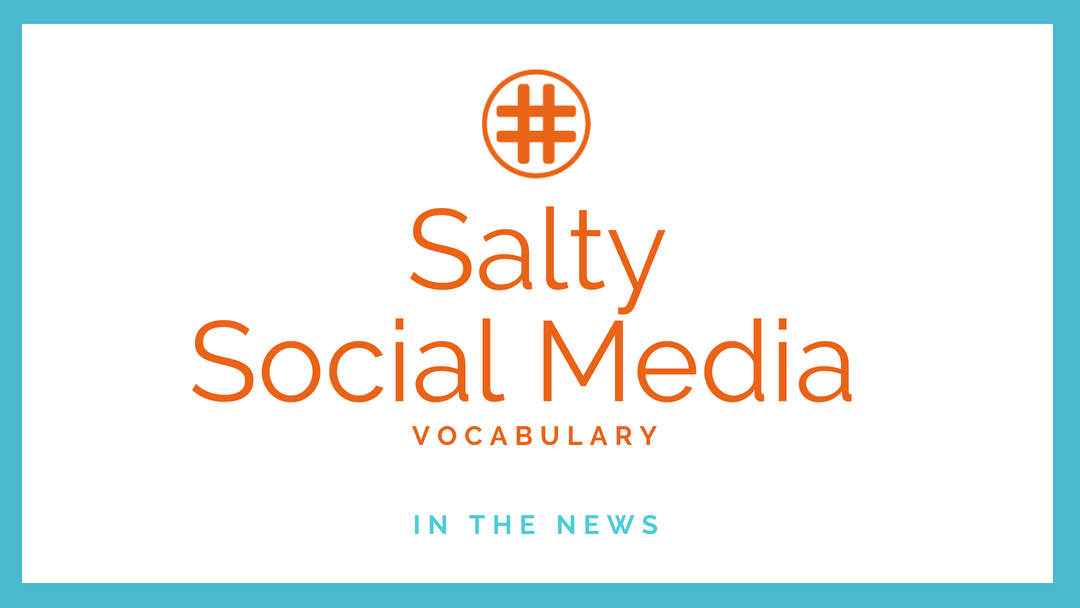With the increasing number of Americans who get their news online and on social media, we thought it might be a good time to touch on news and how it relates to social media. Because the exchange of information in itself is not a simple topic, we’ll also be covering some adjacent and related topics. Let’s start with the flagship phrase itself, shall we?
Fake News: is a false claim or insult occasionally leveled against unfavorable media coverage. The definition is false or intentionally misleading information compiled into a story, blurb, or headline, usually in order to invoke a reaction from its readers. Pizza Gate is perhaps the most recent infamous example.
News Feed: a feed or list of news stories. The phrase has also been co-opted by social media platforms to include stories or updates from friends and followers, although some companies such as Twitter call it a “Timeline.” With recent changes to some social media platforms, advertisements and actual news may appear alongside updates from friends and followers, which some users may find confusing or frustrating
Native Advertising: is when an ad adheres to the format of a standard social media post in order to make it seem less like an advertisement. Facebook came under fire for not vetting many native ads during the 2016 election, an issue that Facebook recently addressed again amist continued scrutiny from the public and some politicians.
Newsjacking: is the action of commenting on a story or writing your own similar or opinion piece on news in order to amplify your own marketing. There are both great and not-so-great examples of this, so make sure you’re on point if newsjacking is a part of your social strategy (and it should be!).
Bot(s): are a computer program that automatically performs repetitive tasks. Bots can be found everywhere from customer service chat bots, to botnets and malware infections.
*Whew*, that’s some potentially heavy stuff. Although this is the tip of the iceberg, most of these topics have become a part of the social media zeitgeist. What’s your experience with native advertising? How do you feel about newsjacking? Let us know in the comments, and we’ll see you again next week.

